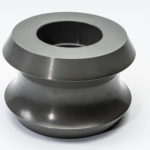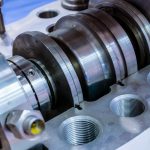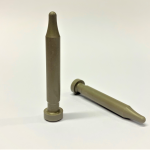Updated 17/03/2022:
Seam welding equipment is used to join the faying surfaces of unfinished cylindrical profiles (pipes, tubes, etc.). It exploits a similar principle to standard arc welding to produce a durable, longitudinal weld along the full length of a tubular workpiece. Ensuring this solid-state bond is uniform demands high process automation using high strength forming components. Turning rolls, or pipe rollers, are the key component differentiating seam welding from other joining methods like spot welding.
Continue reading










